Synonymous with nasty hangovers, malt liquor was a staple of college parties and ’90s hip-hop videos. But what is malt liquor, and how does it compare to beer?
Beer is an alcoholic beverage brewed from fermented grains. Malt liquor is a high-powered beer known for its sweet taste. Beer is brewed from malted grains, hops, yeast, and water. Malt liquor is made only from malt, yeast, and water. Without the hops, there’s nothing to challenge the sweetness of the malt.
You can find malt liquor on liquor store shelves alongside regular beers. Understanding the difference between beer and malt liquor will help you make an informed decision. And should you decide to try one, this information will help mold your expectations.
But before we get to the differences between malt liquor and beer, what is malt liquor?
What is Malt Liquor?
The law defines malt liquor as an alcoholic beverage, typically brewed from malted barley, with 5% ABV or higher. From this definition, you can gather that malt liquor is a type of beer. But what sets it apart from beer?
Malt liquor is often stronger and sweeter than your regular beer. When brewing malt liquor, the brewer supplements barley with adjuncts like rice, corn, and sugar. These ingredients sweeten the wort, increasing its alcohol potential without interfering with the final product’s taste.
Malt liquor is famous for its high alcohol content, which can be as high as 9% ABV.
Malt liquor is cheap, and it gets you drunk faster. Malt liquor is popular among younger drinkers for these reasons. Malt liquor is the unofficial party drink in many college dorm rooms and frat houses.
The low price and high alcohol content have also developed negative stereotypes. Many people blame alcoholism, unemployment, and violence on malt liquor. However, these claims are not backed by scientific evidence.
Malt liquor is an alcoholic beverage like any other. And like any other form of booze, it should be consumed in moderation.
Below is a table listing popular brands of malt liquor and their respective alcohol strengths:
| Malt Liquor Brand | Brewer | Alcohol Content (% ABV) |
| Black Fist | Mikkeller ApS | 26.1% |
| Camo Silver Ice | Camo Brewing | 10.6% |
| St. Ides High Gravity Malt Liquor | Saint Ides Brewing Company | 8.2% |
| Steel Reserve 211 | Steel Brewing Company | 8.1% |
| Haffenreffer Private Stock | Private Stock Brewing Co. | 6.9% |
| Olde English 800 | Miller Brewing Co. | 5.9% |
| Colt 45 | Pabst Brewing Company | 5.61% |
| Mickey’s | Miller Brewing Co. | 5.6% |
What is Beer?
Beer is any alcoholic beverage made from fermented grains. It is the third most popular beverage behind bottled water and tea.
Beer is one of the oldest alcoholic beverages known to man. Beer has been part of our culture for so long that we can’t pinpoint its origins. In ancient Egypt, workers got 4-5 liters of beer with their daily food rations. Back in the day, beer brewing was simple. It only involved yeast and grains.
Today, the brewing process has evolved to incorporate hops. Hops add flavor to the brew and stabilize it. Gone are the days of fermenting beer in dark caves. Brewing has grown more sophisticated over the ages.
Beers come in many styles, colors, flavors, and alcohol levels. Below is a table listing popular beer brands and their respective alcohol levels:
| Beer Brand | Beer Style | Alcohol Content (% ABV) |
| Bud Light | Light Lager | 4.2% |
| Coors Light | Light Lager | 4.2% |
| Budweiser | American Adjunct Lager | 5% |
| Miller Lite | Light Lager | 4.17% |
| Corona Extra | American Adjunct Lager | 4.6% |
| Michelob Ultra | Light Lager | 4.2% |
| Modelo Especial | American Adjunct Lager | 4.4% |
| Natural Light | Light Lager | 4.2% |
| Busch Light | Light Lager | 4.1% |
| Busch | American Adjunct Lager | 4.3% |
Differences Between Malt Liquor and Beer
While malt liquor is a beer, it differs from regular beers in many ways. Below are the notable differences between malt liquor and beer:
Malt Liquor vs. Beer: Brewing Process
Beer is brewed from malted grains, hops, water, and yeast. The malt, usually barley, is crushed and soaked in water to extract fermentable sugar. As the malt soaks, enzymes within the grains break starch into fermentable sugars and proteins.
The fermentable sugars dissolve into the water to form wort. The brewer then adds hops into the wort and boils them to impart flavor and bitterness. Yeast ferments the hop-infused to create beer.
Malt liquor is brewed in the same way except for some differences. First, malt liquor only needs malted grains, yeast, and water. The brewer does not use hops to brew malt liquor. Because malt liquor does not require hops, there may be no boiling stage for hops in the brewing process.
Instead, the brewer adds adjuncts like sugar, corn, and rice to increase the original gravity of the wort. The higher the original gravity, the higher the alcohol content of the final beer.
Malt Liquor vs. Beer: Flavor and Taste
Malt liquor typically doesn’t use hops in its brewing process. Therefore, malt liquor has a different flavor and bitterness profile compared to regular beer. Malt liquor has a sweet finish with no hop flavors or aromas.
However, craft brewers are trying to reinvent the malt liquor beer style with the inclusion of hops. In some tap rooms, you may encounter malt liquors with complex flavor and aroma profiles.
Beers are diverse in flavor and aroma. The hops used to brew beer heavily influence the flavor and aroma of the beer. Longer boils produce more bitterness, and high-quantity additions impart stronger aromas and flavors.
Malt Liquor vs. Beer: Alcohol Content
Malt liquors have higher alcohol levels than regular beers. Malt liquor alcohol levels typically range around 6-9% ABV. There are those with higher alcohol levels, but they are special exceptions to this rule. Black Fist, for example, has an alcohol content level of 26.1% ABV.
Beers typically contain 5% ABV. There are those beer styles with less alcohol and those with higher alcohol levels. Light lagers (like Bud Light) have the lowest alcohol levels, typically 2.5-5.0% ABV. Barleywines are the strongest beer class, typically 8-12% ABV.
Malt Liquor vs. Beer: Packaging
Compared to beer, malt liquor is packaged in larger quantities, typically 40-64 fl oz. Malt liquor packaging has inspired many names, including “Deuce” for a 22 oz bottle and “Forty” for a 40 oz bottle. Malt liquor also comes in 12 oz and 16 oz cans.
Beer comes in various sizes, including 12 oz bottles and cans.
Malt Liquor vs. Beer: Marketing
For a long time, malt liquor has been considered a bottom-shelf beer. It is cheap and therefore marketed towards low-income consumers. This demographic includes college students and minority communities. Marketing malt liquor to the latter has been controversial for many years.
Members of the black community blame malt liquor for the social ills that plague their community.
Malt Liquor vs. Beer: Cultural Association
In the mid-20th century, malt liquor was marketed to everyone like beer. It was in the ’70s when marketers realized that malt liquor was more popular in the African American community.
Malt liquor marketers would use black celebrities to target the African American community. Celebrities like Billy Dee Williams and The Commodores appeared in malt liquor ads.
The association between malt liquor and the Black community strengthened with the rise of rap in the ’80. Many rappers referenced malt liquor brands in their verses. Eazy-E rapped about Olde English 800 in the NWA song “8 Ball.”
Today, brands like Colt 45 still use rappers in their marketing campaigns. Rapper, E-40 even started his own malt liquor brand.
Video Source:
Health Effects of Malt Liquor and Beer
Beer and malt liquor are both malt beverages because they use malt in brewing. Are malt beverages harmful to human health?
Health Benefits of Malt Beverages
Malt beverages contain valuable nutrients like vitamin B and amino acids. Vitamin B helps nutrient metabolism, promotes vision, and replenishes the skin. Amino acids help replenish worn tissues.
Malt beverages also contain ions like calcium, magnesium, and phosphorus. These minerals are good for bone development.
Even though malt beverages contain these nutrients, you should moderate your consumption. Excessive consumption of alcohol, including beer and malt liquor, harms your health. Below are some common effects of alcohol consumption.
Effects of Alcohol Consumption on the Body
Alcohol has both short-term and long-term effects on your body. The short-term effects of drinking kick in almost immediately after consumption.
They include
- Dizziness
- Slurred speech
- Motor skill impairment
- Decreased alertness
- Nausea and vomiting
- Hangovers
- Headaches
- Temporary memory loss
The long-term effects of drinking develop from habitual drinking over a long period. They include:
- High blood pressure
- Liver damage
- Increased risk of stroke
- Sexual dysfunction
- Cancer
- Depression
Heavy drinking can lead to alcohol dependency or addiction. When substituted with food, drinking can lead to malnutrition. Alcoholism can result in financial ruin, social isolation, and legal issues.
Conclusion
Beer and malt liquor are both alcoholic malt beverages. Both beverages come from fermented malt, and both contain some degree of alcohol. But malt liquor and beer are different in many ways.
These differences include
- Alcohol Content: Malt liquor is stronger than regular beer.
- Taste and Flavor: Malt liquor is sweeter than regular beers due to its lack of hops. Without this bittering agent, there’s nothing to balance the malt sweetness.
- Packaging: Malt liquor comes in large quantities, up to 64 oz bottles. Beers are usually packed in 12 oz bottles and cans.
- Marketing: Malt liquor targets low-income consumers. Beer ads target a wider demographic.
Whichever you prefer, you must remember that excessive alcohol consumption is harmful. It can ruin your health, financial standing, and social life. DO NOT DRINK AND DRIVE.

As a homebrewer, Michael would get frustrated about the lack of brewing information on the internet. After hundreds of gallons of spoilt batches, Micheal had enough. And he founded Unknown Brewing as a resource for homebrewers.
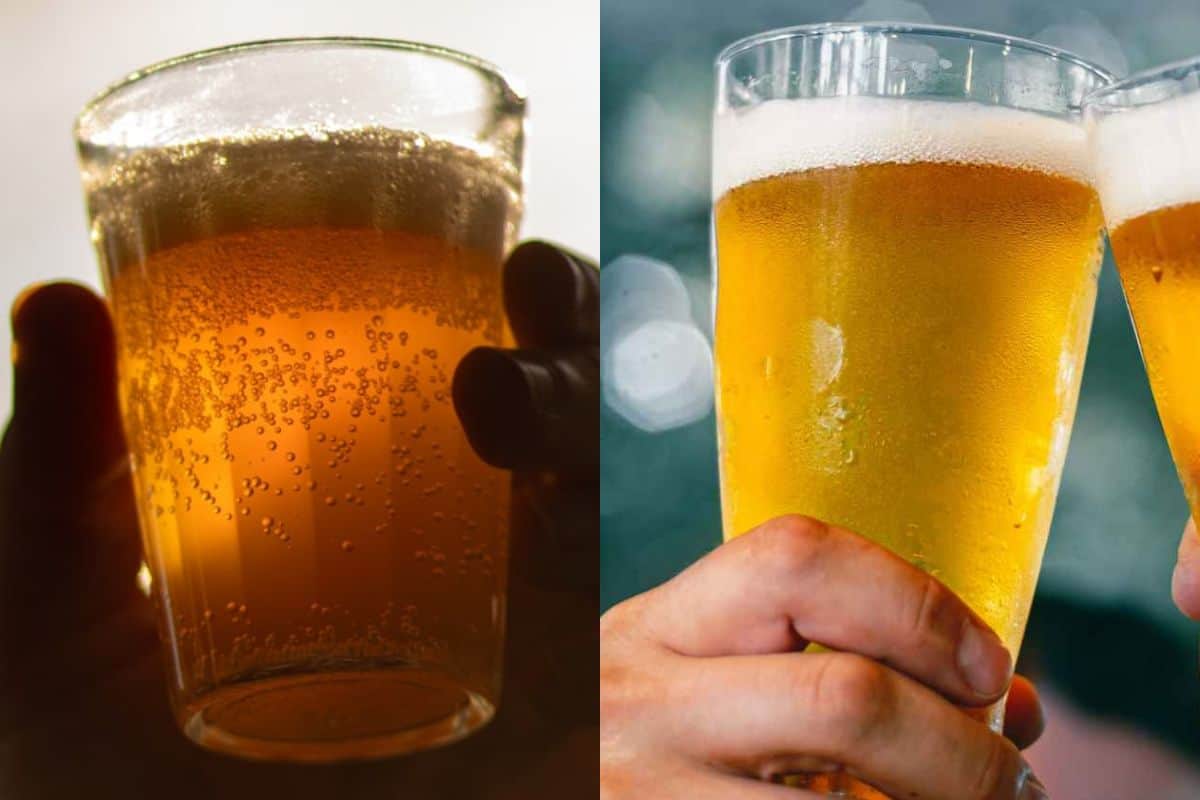
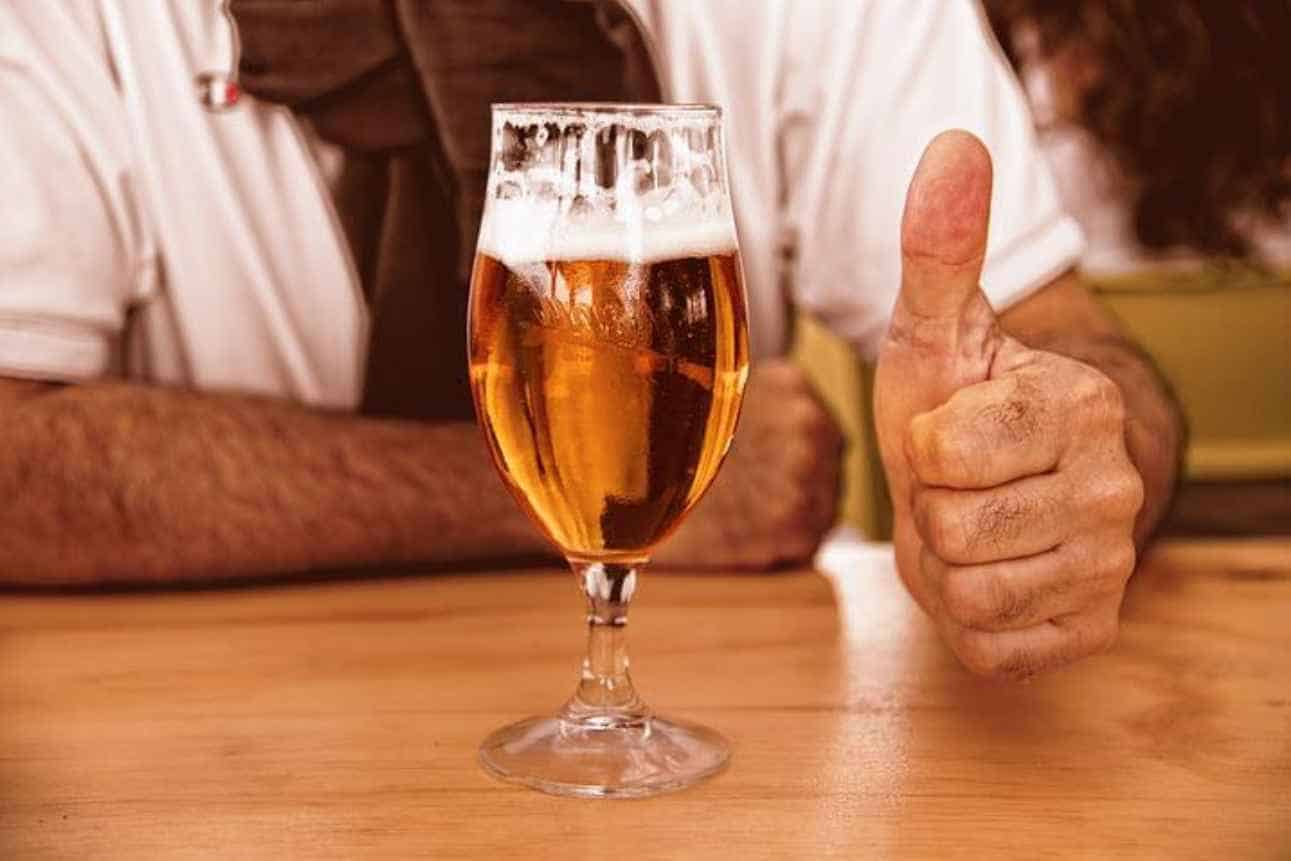
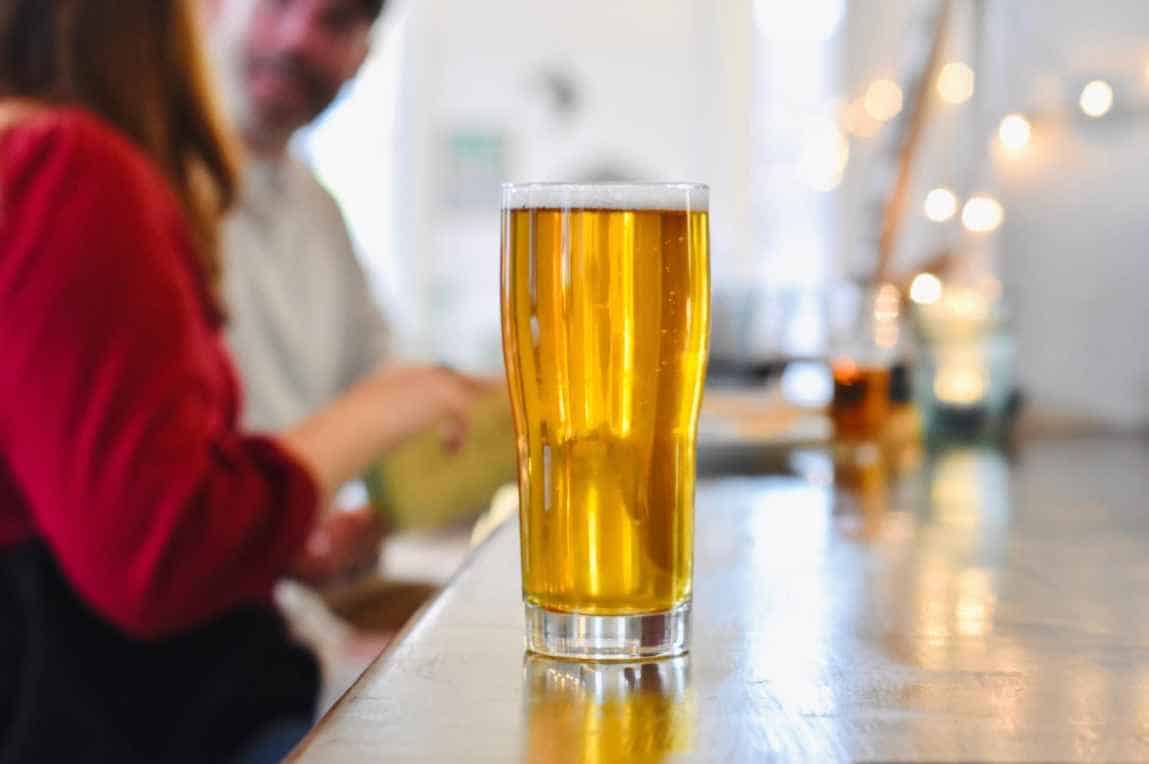
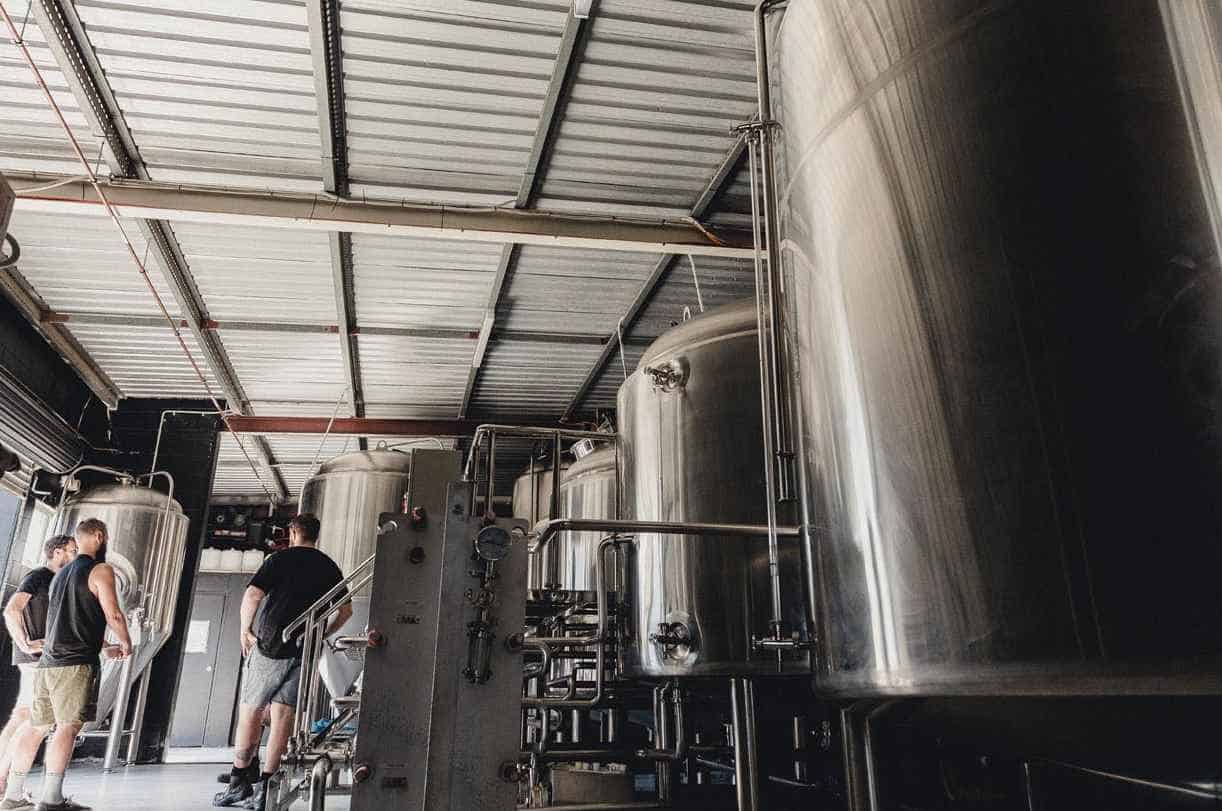
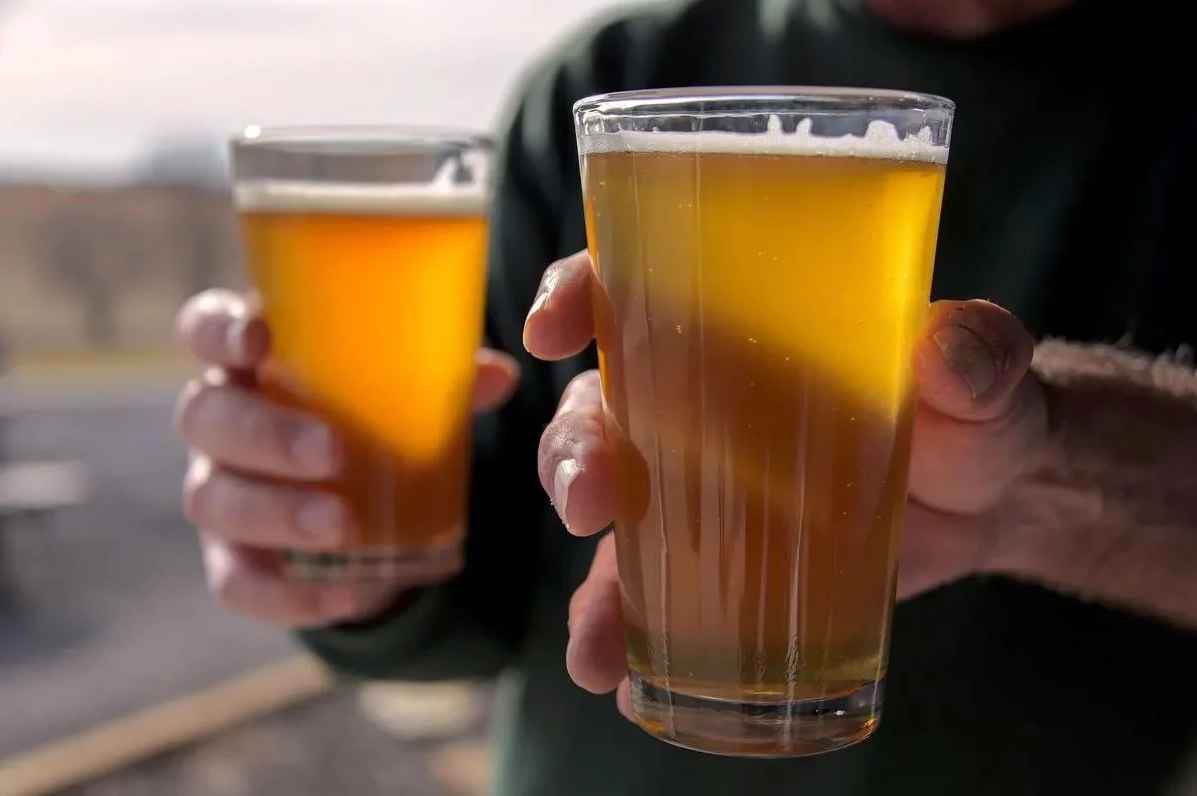
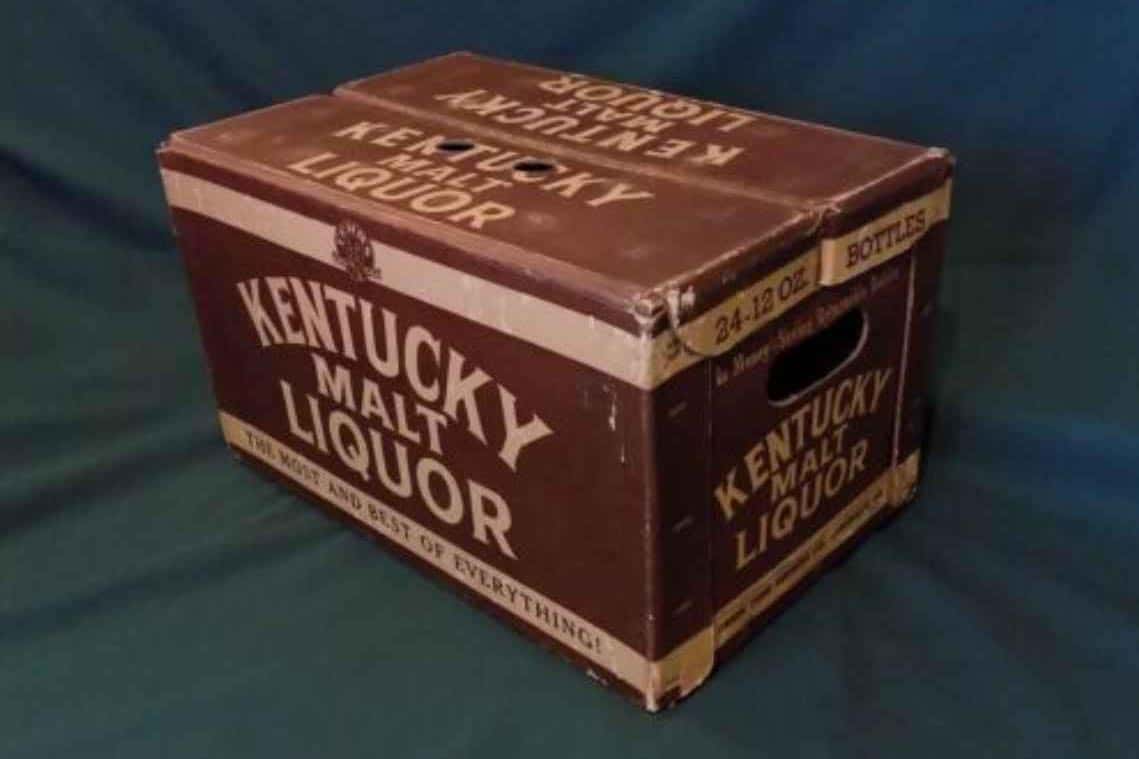
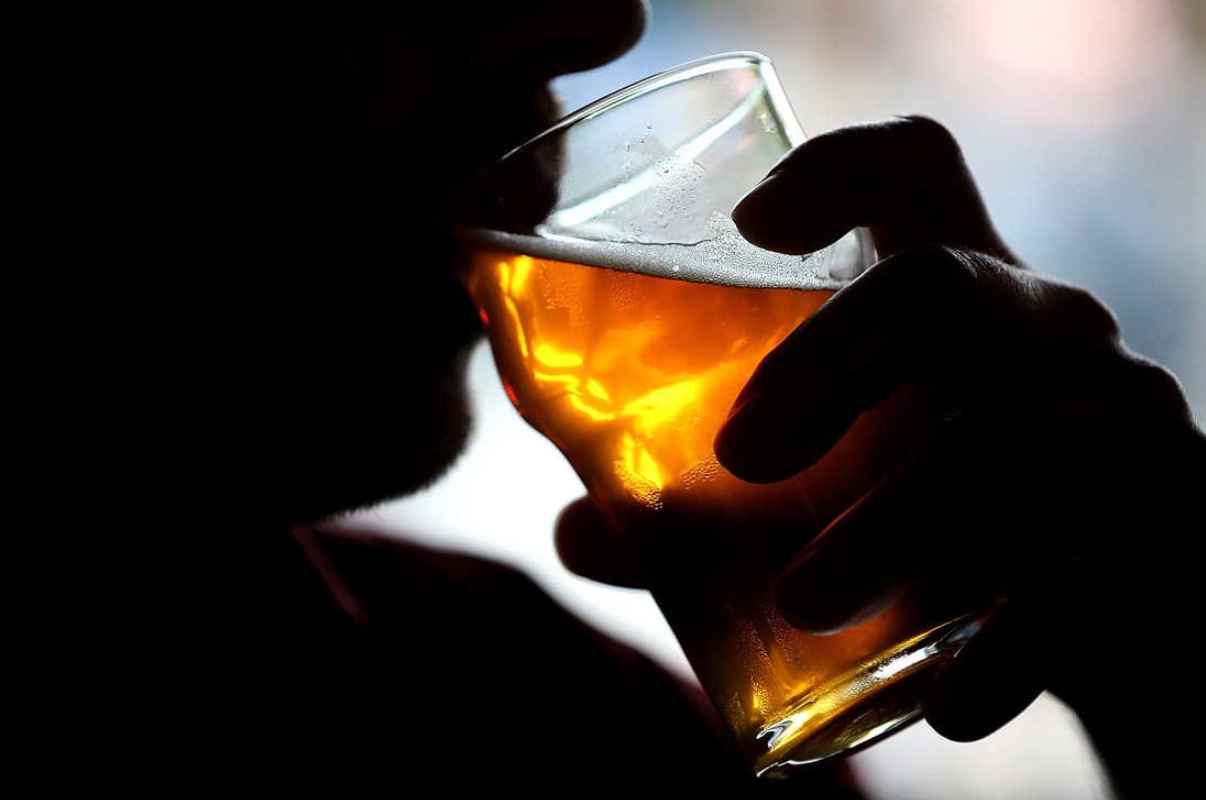
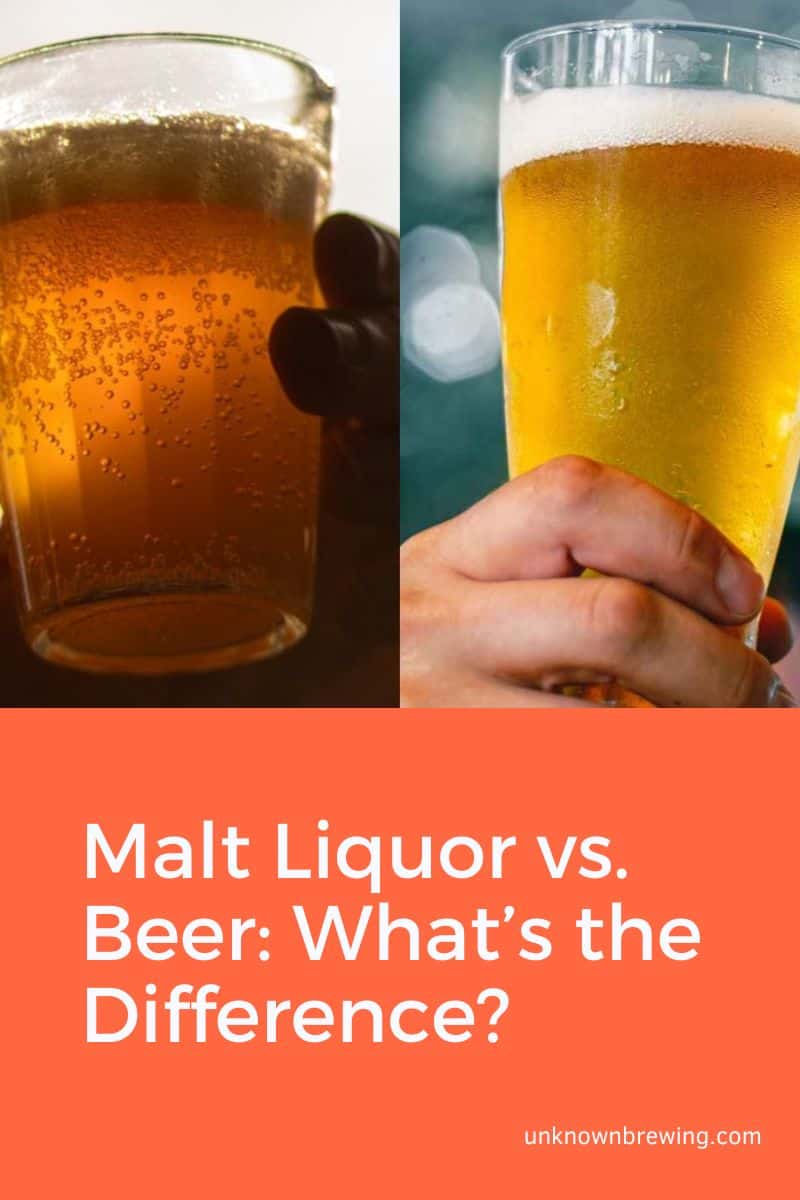
There is hops in malt liquor albiet less hops
Thank you for your comment! You’re absolutely right that malt liquor also contains hops, although typically in lower amounts compared to regular beer. The primary difference between malt liquor and beer lies in their alcohol content, malt profile, and flavor. Malt liquor generally has a higher alcohol content and a sweeter, less-hoppy flavor profile compared to beer. This is due to the use of more fermentable sugar sources and fewer hops during the brewing process. However, the presence of hops still plays a role in providing some balance to the sweetness and enhancing the overall taste of malt liquor.